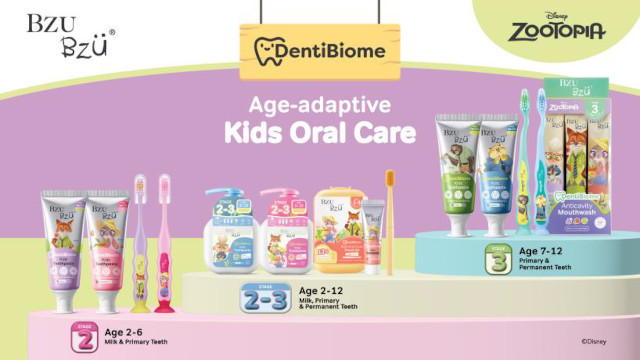From minor ailments to serious diseases requiring hospitalisation, we published some common childhood illness in The ABCs of Common Childhood Illness Part I. Here is part II.
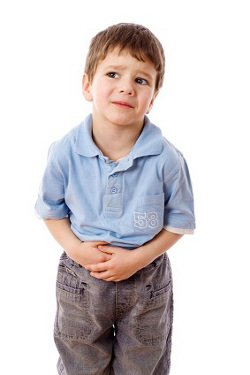
G is for…
Gastroenteritis (“Stomach flu”)
This is an infection of the stomach and intestines, causing vomiting, diarrhoea, fever and abdominal pain. Most cases recover spontaneously, but dehydration may occur if oral intake is inadequate. Therefore, frequent but small amounts of fluids should be offered. Mild medications may be used to alleviate symptoms under the doctor’s advice. Children with dehydration (extremely poor oral intake, lethargy, poor urine output), prolonged or bloody diarrhoea should be brought to medical attention.
H is for…
Hand, Foot, and Mouth Disease
As the name suggests, this infection causes mouth ulcers, blisters on the palms and soles. A high fever commonly occurs. It is a very contagious viral disease that usually lasts 7 to 10 days and recovers without any specific treatment. The biggest concern is dehydration as a result of poor appetite from painful mouth ulcers and fever. Thus, treatment is with oral pain relief and fever medications. In severe cases where oral intake is very poor, hospitalisation for an intravenous drip will be required. The blisters on the palms and soles do not need any treatment.
Heat rash
Babies are prone to heat rash because they are unable to regulate their body temperature well. This tends to appear over the face, neck, shoulders and creases over the knees, groin and underarm. It is not serious and will soon disappear. Do ensure that the environment is not too hot and that there is adequate ventilation. Overdressing your baby can also cause heat rash.
Head injury
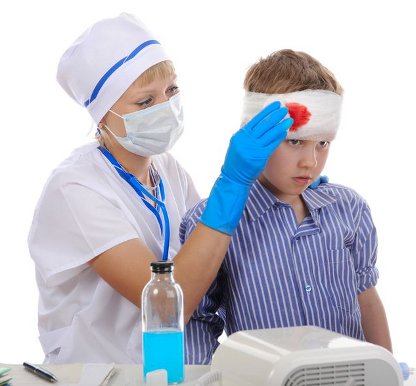
Trauma to the head from a fall or getting struck by an object can result in scalp, skull and/or brain damage. As the scalp and face have a rich blood supply, even a small wound can cause profuse bleeding. Bruising and swelling can take days to weeks to resolve. Wounds should be kept clean and swelling improves with applying an ice pack. Vigorous rubbing of a bruise or swelling is not advised.
However, it is the damage to the brain that is of greater concern. This is more likely in falls from heights or from high speeds (e.g. road traffic accidents). Signs of brain injury include drowsiness, irritability, persistent vomiting, abnormal walking and changes in behaviour. Should these symptoms appear, do seek urgent medical attention.
N is for…
Nosebleed
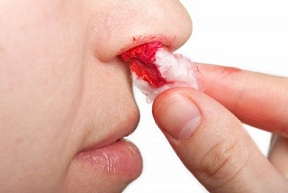
When the blood vessels in the inner lining of the nose break from trauma, sneezing hard or vigorous rubbing, profuse bleeding may occur. This is especially so in children with colds or allergic rhinitis. It is not serious in the majority of cases.
In a nosebleed, sit the child up with the head forward and pinch the nose to control the bleeding. Do not insert anything into the nostrils. Do seek medical attention if the bleeding does not stop in 5 to 10 minutes.
S is for…
Stye
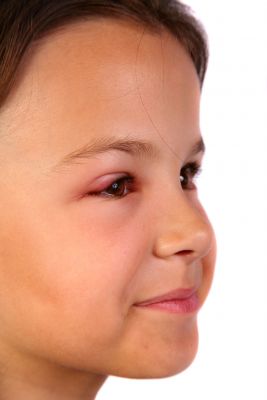
This is the inflammation of the oil or sweat glands of the eyelid. It is caused by a bacteria infection and it causes redness, swelling and pain over the eyelid. Treatment involves applying a warm compress to the affected eyelid, antibiotics eye drops or ointment.
U is for…
Urticaria (Hives)
This is a condition where red, raised patches appear suddenly on the skin. It is caused by the release of histamine within the skin, causing itch, swelling and redness. Common triggers of urticaria are allergies to food or medicine, viral infections, changes in temperature or even direct pressure on the skin.
Treatment is with oral antihistamines and topical calamine lotion to relieve the itching. Severe cases may necessitate the use of corticosteroids. Seek immediate medical attention if associated drowsiness, wheezing or breathlessness develops.
Urinary tract infection
Bacteria can get into the urinary tract from the intestines, an abnormal urinary tract or through poor hygiene. Presenting with urinary pain or cloudy urine in older children, the only symptom may be a fever in babies and young children. It is important to treat these infections with antibiotics because if left untreated, it may lead to kidney damage.
By being aware of the common illnesses seen in children, parents can better monitor and understand their children. However, this article should not take the place of a professional medical consult if parents suspect that their child is unwell.
By Dr Eugene Han, Paediatrician, SBCC Baby & Child Clinic.
This article was first published in The New Age Parents e-magazine.
* * * * *
Like what you see here? Get parenting tips and stories straight to your inbox! Join our mailing list here.
Want to be heard 👂 and seen 👀 by over 100,000 parents in Singapore? We can help! Leave your contact here and we’ll be in touch.




































